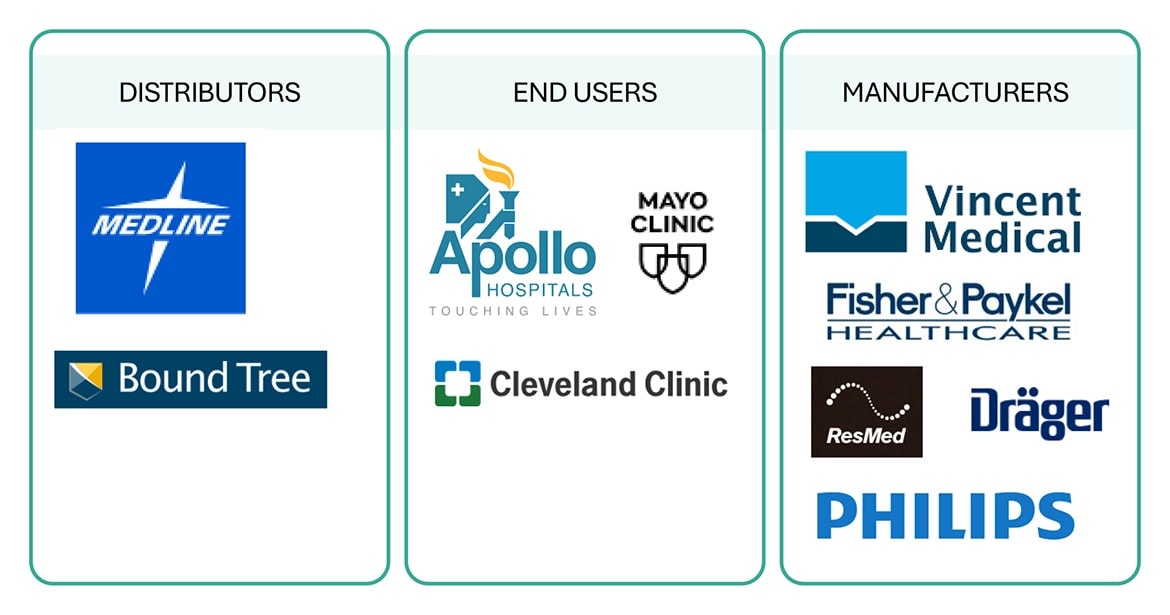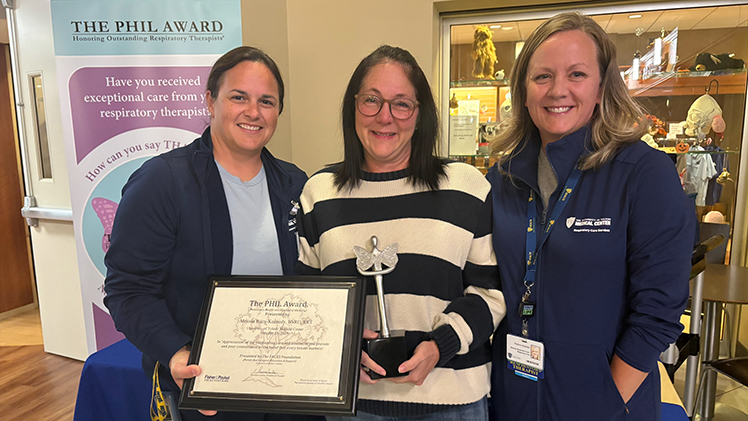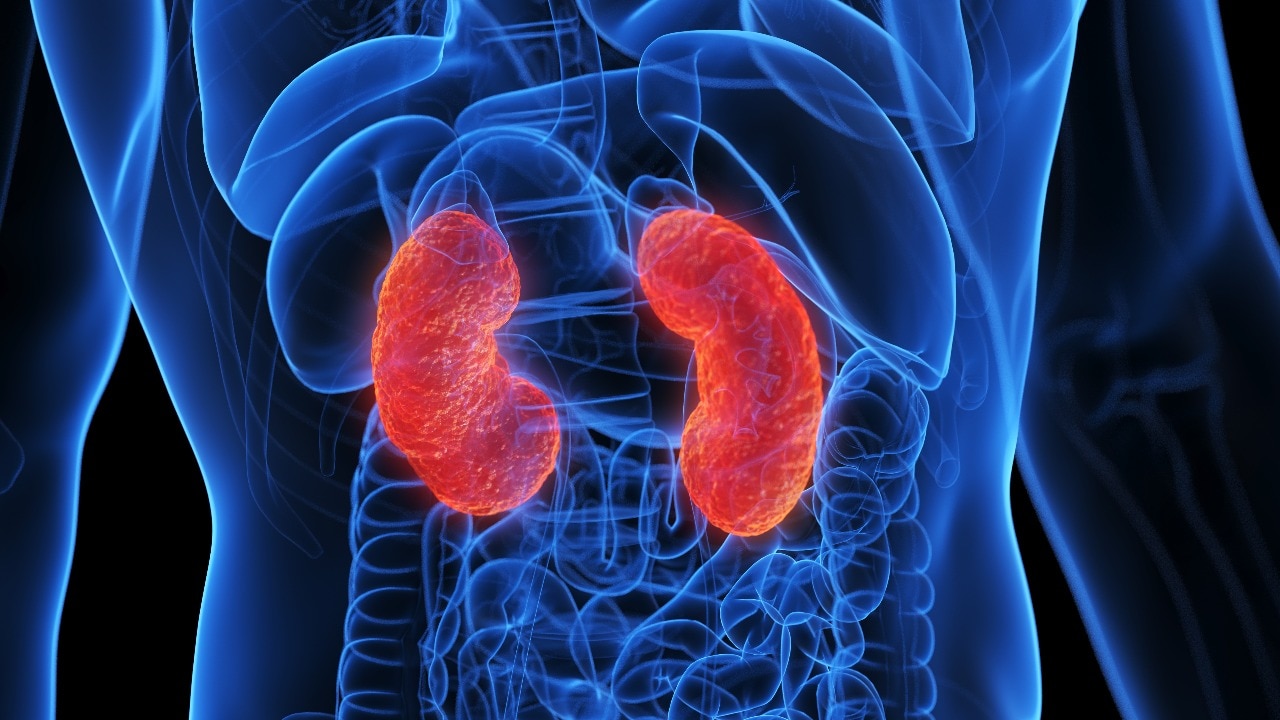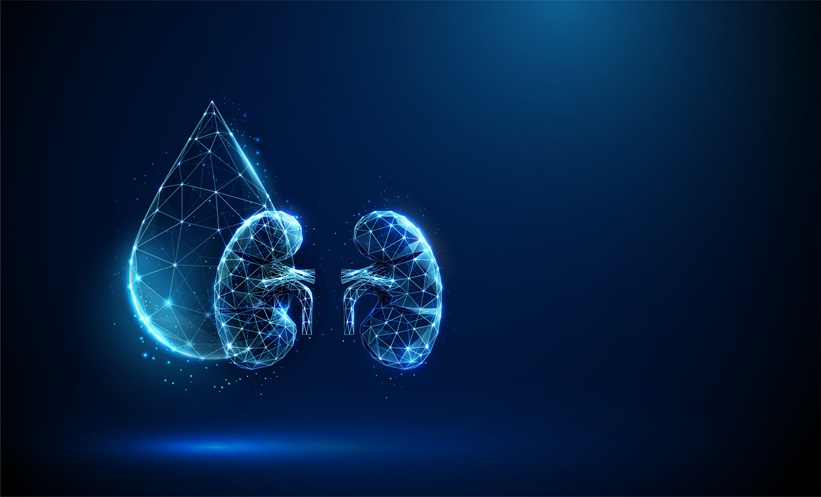United States Medical Humidifier Market Witnesses Significant Growth Driven by Increasing Adoption of Respiratory Care Devices and Home Healthcare Solutions

The United States Medical Humidifier Market is experiencing notable expansion, primarily fueled by the rising prevalence of chronic respiratory diseases, the increasing use of mechanical ventilation and continuous positive airway pressure (CPAP) devices, and growing awareness of the benefits of humidified air in patient care. Medical humidifiers—devices designed to add moisture to inhaled gases—play an essential role in ensuring patient comfort, preventing airway damage, and improving the efficacy of respiratory therapies.
Download PDF Brochure:
According to recent industry insights, the medical humidifier market is poised to witness robust growth through 2030, supported by increasing demand in both hospital and homecare settings. The combination of technological advancements, an aging population, and the surging incidence of conditions such as chronic obstructive pulmonary disease (COPD), asthma, and sleep apnea is creating substantial opportunities for manufacturers, healthcare providers, and distributors across the country.
Rising Burden of Respiratory Diseases Driving Adoption
Respiratory disorders represent one of the leading causes of mortality and morbidity in the United States. According to data from the Centers for Disease Control and Prevention (CDC), more than 25 million Americans are affected by asthma, while COPD impacts over 16 million adults. The growing need for long-term oxygen therapy and ventilatory support is directly boosting demand for medical humidifiers, which are crucial for maintaining airway moisture and preventing mucosal dryness during oxygen delivery.
The increased use of non-invasive ventilation (NIV) and CPAP devices in home settings, especially among patients with obstructive sleep apnea (OSA), has further strengthened the market. Home medical equipment suppliers are increasingly offering compact and portable humidification devices designed for patient convenience and comfort. Moreover, growing clinical evidence highlighting the importance of heated humidifiers in reducing airway resistance, preventing infection, and improving patient outcomes continues to drive adoption.
Technological Innovation and Product Development
Innovation remains at the forefront of growth within the medical humidifier landscape. Manufacturers are investing heavily in research and development to introduce advanced humidification systems featuring precise temperature control, automated moisture regulation, and improved patient interface compatibility.
Recent trends include the development of heated-wire humidification systems, ultrasonic nebulization technologies, and smart humidifiers integrated with digital monitoring systems. These innovations ensure optimal humidity levels, minimize condensation risks, and enhance patient safety.
The integration of artificial intelligence (AI) and Internet of Things (IoT) in humidification devices is also gaining momentum. Smart humidifiers capable of automatically adjusting humidity based on patient conditions, respiratory flow rate, and ambient temperature are becoming increasingly popular in hospitals and intensive care units (ICUs). Such advancements are expected to further improve therapy efficiency and reduce clinician workload.
Expanding Homecare Segment to Drive Market Growth
The expansion of the home healthcare industry represents a major growth catalyst for medical humidifiers. Increasing preference for home-based respiratory therapy—driven by the cost-effectiveness of home care, the convenience for patients, and the rising number of elderly individuals requiring oxygen therapy—has accelerated the adoption of home-use humidification systems.
Portable humidifiers designed for use with oxygen concentrators and ventilators have witnessed significant demand among patients seeking personalized respiratory support outside clinical settings. Additionally, favorable reimbursement policies and insurance coverage for home respiratory devices are expected to further stimulate market expansion in the coming years.
As the healthcare system increasingly shifts toward decentralized and patient-centric care models, medical humidifier manufacturers are focusing on ergonomic, lightweight, and energy-efficient devices suitable for long-term use in residential environments.
Hospital Infrastructure and Intensive Care Applications
Hospitals remain the largest end users of medical humidifiers due to their extensive use in critical care and operating room environments. Humidifiers are integral to ventilatory support systems, anesthesia workstations, and neonatal incubators, ensuring optimal humidification levels during invasive and non-invasive procedures.
Rising hospital admissions linked to respiratory infections, such as pneumonia, influenza, and COVID-19-related complications, have underscored the importance of maintaining adequate humidity levels in medical gases. In intensive care units, humidification plays a vital role in patient comfort and recovery, especially for those under prolonged mechanical ventilation.
Hospital procurement departments are prioritizing devices with integrated humidification control, low maintenance requirements, and high durability to improve efficiency and reduce downtime. The growing emphasis on infection control and air quality management within healthcare facilities is further increasing the demand for advanced humidification solutions.
Competitive Landscape
The medical humidifier market is moderately consolidated, with key global and regional players competing through product innovation, partnerships, and expansion strategies. Leading companies are focusing on technological differentiation, energy-efficient designs, and compatibility with a wide range of ventilators and CPAP systems.
Prominent market participants include Fisher & Paykel Healthcare (New Zealand), Philips Respironics (Netherlands), ResMed (US), Teleflex Incorporated (US), Vyaire Medical (US), Medtronic plc (Ireland), GE Healthcare (US), and 3B Medical (US).
These companies are continually enhancing their product portfolios with innovations in heating elements, humidification chambers, and patient interfaces. Strategic collaborations with healthcare providers and distributors have helped strengthen supply chains and improve product accessibility across major cities and remote regions alike.
Regional Insights and Future Outlook
While hospitals in major states such as California, Texas, New York, and Florida continue to dominate demand, emerging opportunities are also arising in smaller urban centers due to the rapid expansion of home healthcare infrastructure and outpatient care facilities.
The rising prevalence of respiratory ailments, coupled with improved healthcare accessibility, is expected to sustain steady growth across all regions. The market outlook remains optimistic, with industry experts projecting sustained investments in product development and healthcare technology modernization.
Moreover, the continued push toward patient-centric care, remote monitoring, and digital health integration is likely to redefine the future of respiratory support systems, making humidification a standard component of comprehensive respiratory therapy across various care settings.
Conclusion
The United States Medical Humidifier Market stands at a pivotal moment, driven by the convergence of clinical demand, technology innovation, and healthcare system transformation. As awareness of respiratory health continues to rise and home-based care becomes increasingly mainstream, the adoption of advanced humidification systems is expected to accelerate further.
With strong market fundamentals, supportive policy frameworks, and a growing emphasis on patient comfort and clinical outcomes, medical humidifiers are set to remain a critical component of respiratory therapy and critical care across the nation.
link





